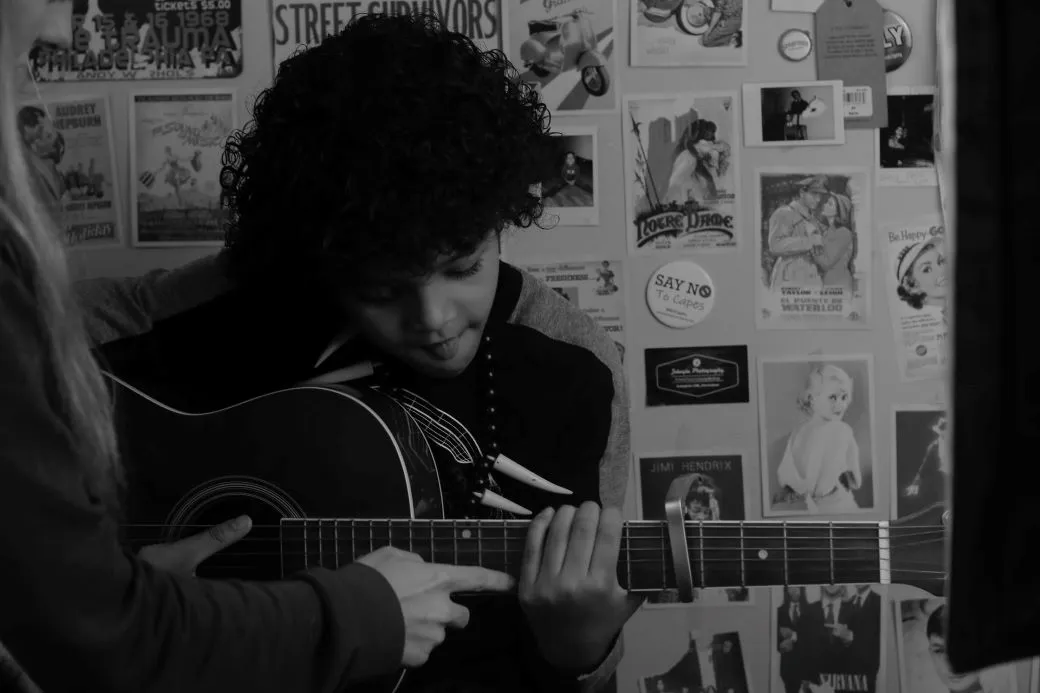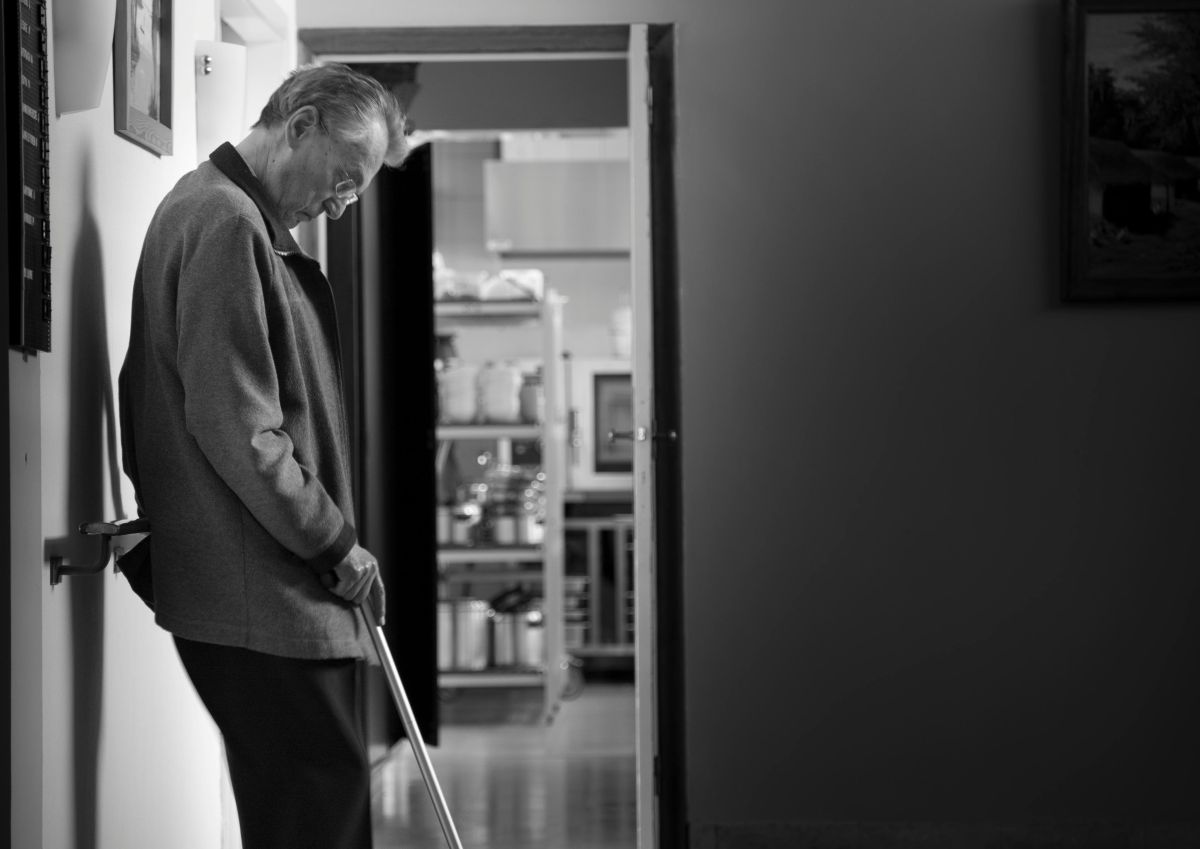
One out of every five students reports being bullied, reports the National Center for Educational Statistics, with a slightly higher percentage of females being bullied at school than males. Addressing the effects of bullying through a multifaceted approach is key because bullying can have long-term consequences – including a higher risk of anxiety and depression. Working harder to create a bully-free culture is also important since it can help curb tensions in the bud and prevent situations that can harm others in the short- and long-term. Music therapy is one approach that has proven successful as a preventive strategy.
Music Therapy Can Help Victims and Bullies
A 2013 study by K Shafer and colleagues found that music therapy can be used successfully to prevent bullying and intervene when it has already occurred. The study, which focused on gender-based bullying, showed that exposing bullies and victims to music and interaction mediated by instruments help reduce negative dynamics within a group. In this case, for instance, participants were exposed to ‘feminine-masculine’ types of music and instruments. Relationships and self-management both saw significant improvements. Another study by A dos Santos showed that simply listening to pop music in a group and using the songs as a springboard for discussion provided adolescents with a familiar topic to discuss. Through music, the scientists said, adolescents “can enter a space where their ‘habits’ have a place. It is their expressive territory.”
The Benefits of Playing and Listening to Music
Because bullying can cause extreme stress for victims, embracing natural methods of stress relief is important – especially for those who may already be battling anxiety or depression. The book This Is Your Brain on Music (Levitin, 2007) showed that playing music reduces stress hormone levels and boosts immunity. Another 2013 study by N Ziv and colleagues found that playing background music at school significantly reduced bullying occurrence. Combined research indicates that both passive and active enjoyment of music can be successful from a preventive and intervention stance. Children should ideally be given the opportunity to learn an instrument to help deal with stress or to play music alongside others. There are many online apps for beginner guitarists and more experienced players alike. Many teach children to play popular songs that they can use to connect with others or even lead an impromptu music jam session or concert.
Recommendations for Music Therapy in Bullying
The report Music, Violence and Music Therapy with Young People in Schools: A position paper by K Skewes and colleagues shows that music can promote or diffuse violence, depending on the setting and type of music played. In programs that reduce bullying, the scientists recommend an emphasis on music-making (such as improvisation and songwriting, which allow “new behaviors to be experienced and rehearsed in a creative way.”). They also recommend the use of mainstream music (to decrease the likelihood of arguments) and the use and explanation of music improvisation as “an unknown open space” where everyone has a chance to express themselves and meet others on an equal and respectful footing.
Music therapy is one of many therapies that can help prevent and intervene when it comes to bullying. It can be used to create a non-judgmental culture; one where differences are respected and appreciated. Simply listening to and discussing music can help create common ground, while playing music can create unity and help reduce the stress that simply being an adolescent can bring.





